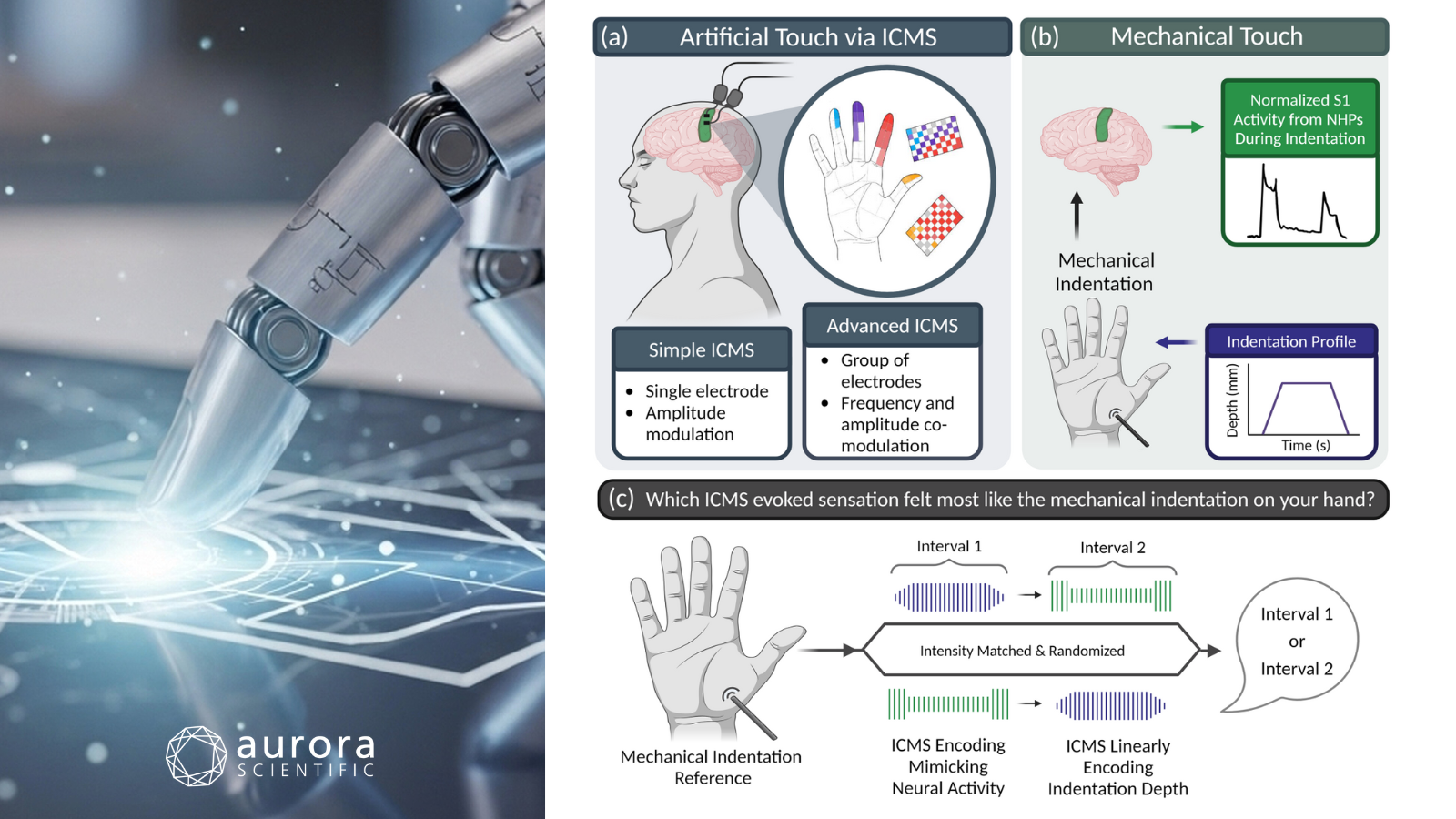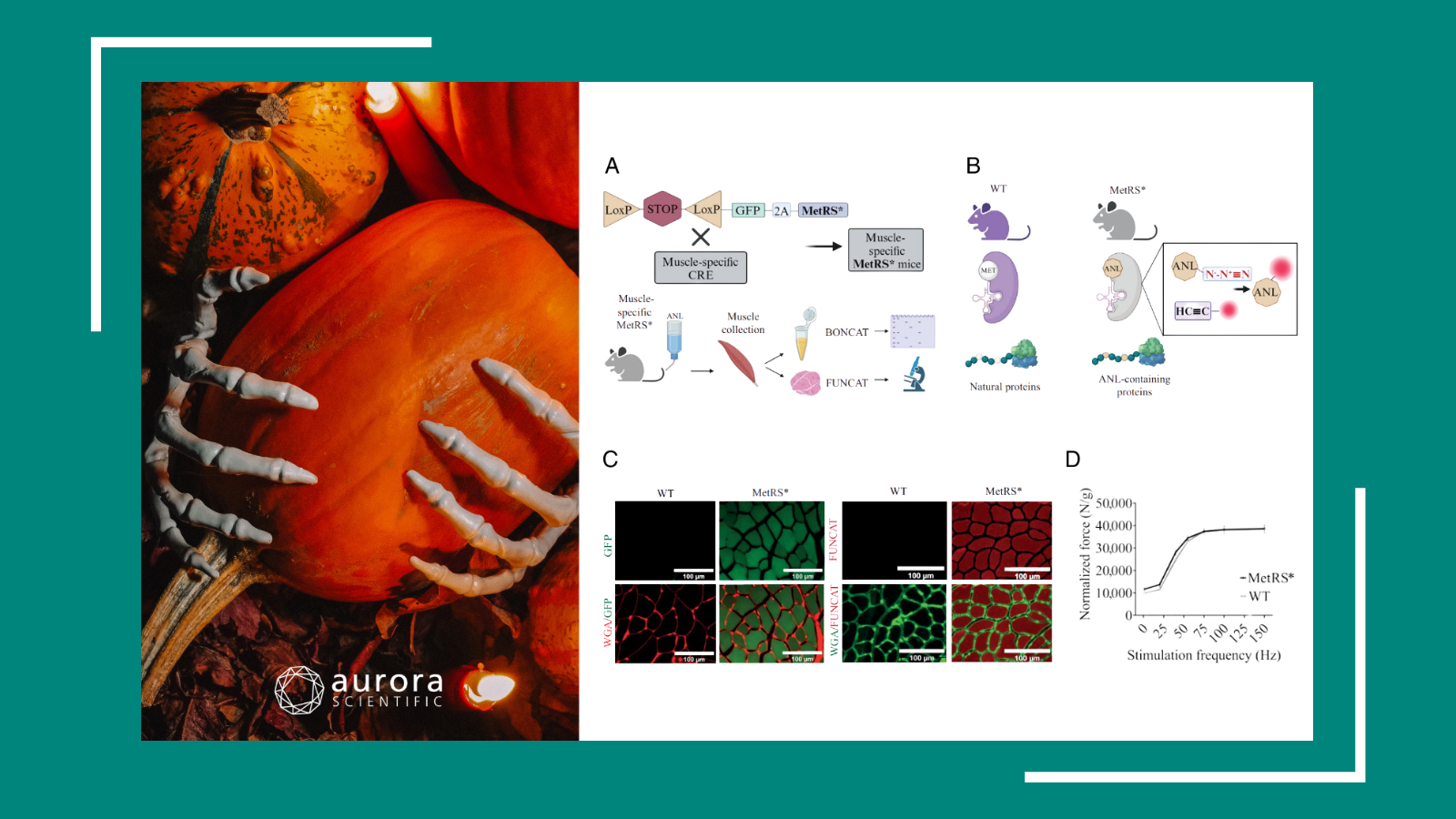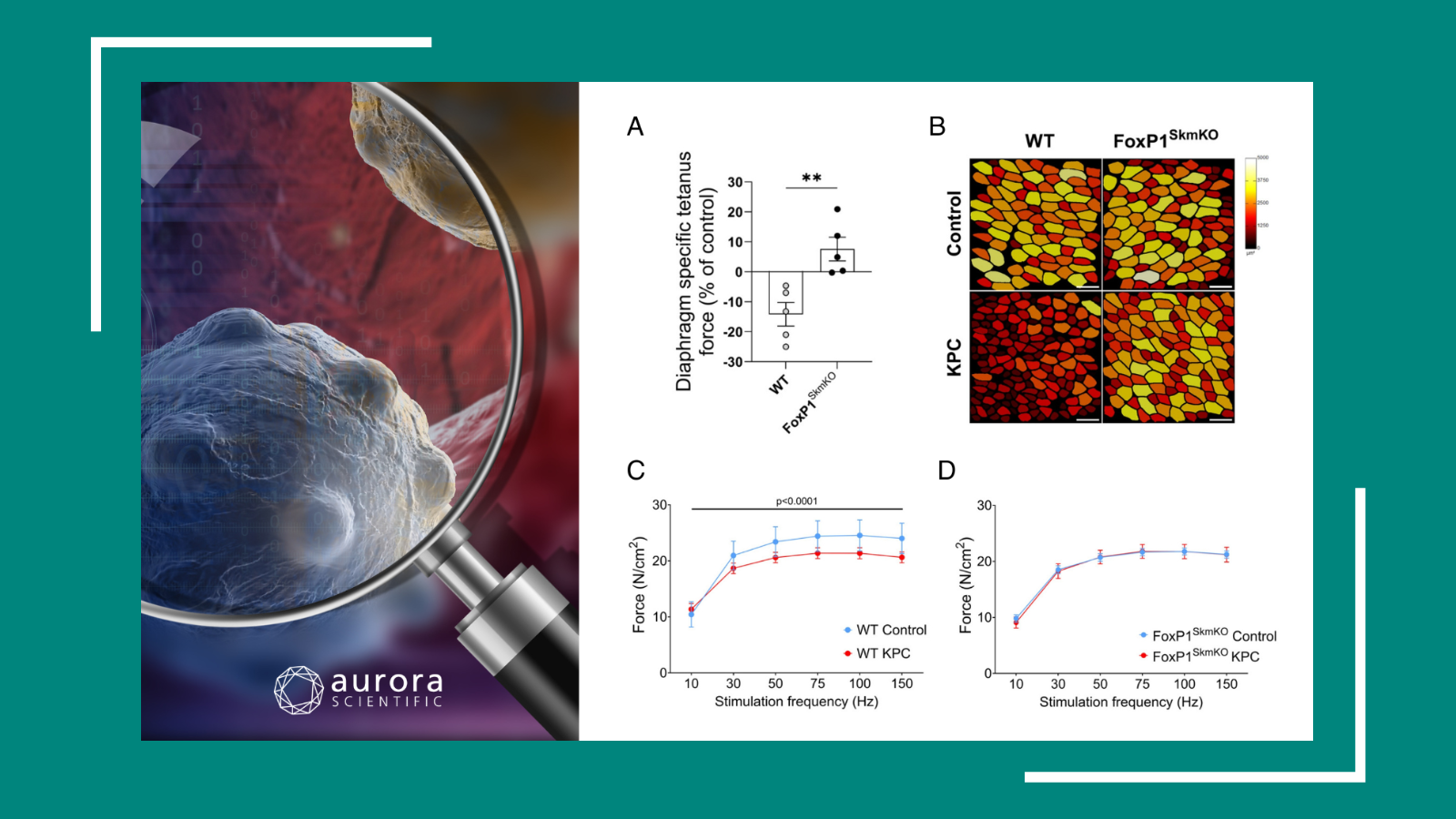In honour of the 2025 Society for Neuroscience conference in San Diego this week, we’re embracing a pinch of “Nociceptive November” by diving into the nitty-gritty of touch, pain, and everything in between. From brain–computer interfaces that make artificial touch feel astonishingly lifelike, to chemotherapeutics that tip the balance of our mechanosensory circuits, this publication review highlights the latest strides in understanding and manipulating somatosensation. With mechanical indenters and biomimetic stimulations leading the charge, the studies covered here touch upon how precise control of force, temperature, and neural coding is bringing us closer to decoding, and even restoring, the sense of touch.
Featured image includes Robotic touch on a digital interface (©Flixx Studio via Canva.com) and the graphical abstract from ©Hobbs et al (2025), licensed under CC BY 4.0. A) Artificial touch via intracortical microstimulation (ICMS) through two somatosensory cortex electrode arrays, evoking hand-localized tactile sensations; B) Mechanical touch delivered via indentation to sensate regions on the palm; C) Experimental design where participants compared natural mechanical touch with two ICMS-evoked sensations and reported which felt more natural: a linearly encoding indentation depth (purple) or a biomimetically encoding cortical activity (green).
Biomimetic stimulation patterns drive natural artificial touch percepts using intracortical microstimulation in humans
Restoring the sense of touch remains a central challenge in the development of intuitive neuroprosthetic systems. While intracortical microstimulation (ICMS) of the somatosensory cortex can evoke tactile sensations that feel as though they arise from one’s own body, these artificial percepts often lack the natural quality of true touch. To bridge this gap, Hobbs et al (2025) explored whether biomimetic stimulation patterns (designed to replicate the neural dynamics of natural touch) could enhance the perceived naturalness of ICMS-evoked sensations in humans with spinal cord injuries. By directly comparing mechanical indentations on the skin to ICMS-evoked percepts, the authors found that stimulation schemes mirroring natural spatiotemporal cortical activity produced sensations that felt more lifelike and required less charge. This work represents a key step toward creating brain–computer interfaces capable of delivering truly natural artificial touch.
Mechanical touch stimuli were delivered to sensate regions of participants’ hands using Aurora Scientific’s 300C-LR-I Dual-Mode Indenter to precisely control displacement and indentation depth in a ramp-and-hold profile. This mechanical stimulator provided 2 mm, 1 s indentations with controlled ramp and hold durations, allowing for accurate replication of natural touch dynamics and consistent intensity matching to ICMS trains. Neural stimulation was delivered via microelectrode arrays implanted in somatosensory cortex, using a stimulator to generate either linear or biomimetic ICMS trains. Participants compared these electrical percepts to mechanical stimuli, and behavioral and statistical analyses were conducted in MATLAB to assess which encoding scheme felt more natural.
Mechanical skin indentations revealed that biomimetic ICMS patterns designed to mimic natural cortical responses produced sensations that felt more like real touch than conventional linear stimulation. In fact, biomimetic ICMS required significantly less charge to evoke percepts of equal intensity. When additional biomimetic features such as multi-electrode activation and frequency–amplitude co-modulation were introduced, percept naturalness roughly doubled while total charge was halved. Taken together, these findings show that replicating the neural dynamics of natural touch yields more lifelike and energy-efficient artificial tactile sensations.
Effects of vincristine on the properties of low threshold mechanoreceptors and high threshold mechanoreceptors in the hindpaw glabrous skin of mice
Vincristine, a widely used chemotherapeutic agent, effectively halts cancer cell division but often induces peripheral neuropathy characterized by numbness and mechanical allodynia. Despite its clinical importance, the precise mechanisms by which vincristine disrupts mechanosensory function remain poorly understood. Previous studies have implicated broad alterations in somatosensory signaling, yet the specific mechanoreceptor subtypes contributing to vincristine-induced sensory abnormalities have not been clearly defined. To address this gap. Yamada et al (2025) employed Nav1.8-ChR2 transgenic mice to characterize how vincristine treatment differentially alters the mechanical sensitivity of low- and high-threshold mechanoreceptors in the hindpaw skin.
Nav1.8-ChR2 mice were generated by crossing Nav1.8-Cre and Ai32 mice, then treated with either saline or vincristine to assess vincristine-induced changes in mechanoreceptor function. Ex vivo skin-nerve preparations from the hindpaw were used to isolate single afferent fibers for electrophysiological recordings, allowing precise measurements of nerve impulses evoked by mechanical, electrical, and optical stimuli. Mechanical thresholds were first determined using von Frey filaments and further characterized with Aurora Scientific’s 300C-I Dual-Mode Indenter, which delivered calibrated ramp-and-hold mechanical stimuli to quantify receptor responses with high precision.
Vincristine treatment differentially affected the mechanical and conduction properties of various mechanoreceptor subtypes in Nav1.8-ChR2 mice. In Nav1.8-ChR2-negative Aβ-fiber low-threshold mechanoreceptors, vincristine significantly increased mechanical thresholds and reduced conduction velocity, suggesting decreased sensitivity, while Aδ-fiber mechanoreceptors were largely unaffected. Conversely, Nav1.8-ChR2-positive Aβ-fiber high-threshold mechanoreceptors exhibited reduced von Frey thresholds, indicating mechanical sensitization, whereas Aδ- and C-fiber mechanoreceptors showed minimal changes. Although impulse frequency increased proportionally with force in all mechanoreceptor types, vincristine did not alter the overall force–response relationship, highlighting that the drug’s effects are more specific to threshold modulation than to general mechanotransduction capacity.
Design of a testbed for mechanical and thermal stimulation in somatosensory studies
The human somatosensory system has long intrigued neuroscientists, particularly for its ability to distinguish subtle variations in mechanical and thermal stimuli. Yet, despite decades of study, the precise mechanisms underlying these sensations remain elusive, partly due to the limited accuracy and repeatability of existing stimulation devices. Traditional methods, such as von Frey filaments and manual thermal probes, suffer from inconsistent force delivery and poor spatial control, constraining the reliability of sensory threshold measurements. To address these limitations, Sperduti et al (2025) developed a novel mechatronic testbed capable of delivering highly controlled mechanical and thermal stimuli within a single experimental platform, enabling more precise, repeatable, and physiologically relevant investigations of human touch and pain perception.
To investigate mechanical and thermal thresholds in the human somatosensory system, researchers employed a custom mechatronic testbed integrating both mechanical and thermal stimulators. Muscle and skin stimulation were precisely controlled using a 3-axis motorized positioning system, allowing high spatial repeatability across experimental sites. Mechanical properties were assessed using Aurora Scientific’s 300C-I Dual-Mode Indenter, adapted for human application, which delivered focused force-controlled or position-controlled stimuli while continuously recording force and displacement. Thermal stimuli were applied via a custom Peltier-based stimulator capable of rapid heating and cooling, with real-time temperature feedback and safety monitoring. Participants’ mechanical and thermal sensation and pain thresholds were identified using these systems in combination with a stop button and user interface, enabling reproducible and quantitative evaluation of somatosensory responses.
Mechanical and thermal thresholds on the hand and forearm were largely consistent with literature values, with a few notable differences. The forearm exhibited higher mechanical innocuous thresholds, while the hand showed higher mechanical pain thresholds, both differing significantly between threshold types. Thermal tests revealed that heat pain thresholds were higher and cold detection thresholds lower on the hand, reflecting subtle site-specific sensitivity. Notably, Aurora Scientific’s mechanical indenter showed that mechanical stimuli were almost universally recognized, whereas hot stimuli were more often misidentified, highlighting greater variability in thermal pain perception across subjects.
Conclusions
These studies by Hobbs et al (2025), Yamada et al (2025), and Sperduti et al (2025) pain-point the sensory system, showing how biomimetic brain stimulation, chemotherapeutic tweaks, and high-precision touch-and-heat testbeds are collectively paving the way for more naturalistic neuroprosthetics and quantitative somatosensory research.




